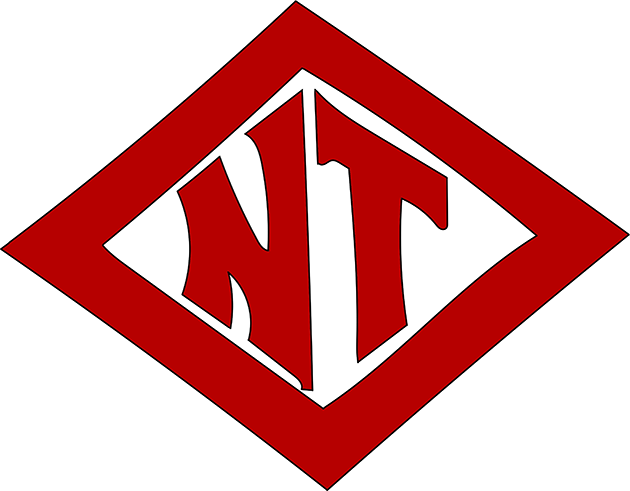Niagara (Myths and Legends of Our Own Land, Charles M. Skinner, 1896)
Dublin Core
Title
Niagara (Myths and Legends of Our Own Land, Charles M. Skinner, 1896)
Description
The legend of the sacrificial Indian maiden plunging over Niagara Falls in a white canoe will be familiar to Western New Yorkers. A prose version is recorded in this excerpt from an 1896 book.
The legend's veracity is questioned by Libby Tucker, in Voices: The Journal of New York Folklore (2012):
Birch Bark Legends of Niagara, by Owahyah
The Legend of the White Canoe, by William Trumbull; with Photgravures from Designs by F. V. DuMond (1894)
The Maiden of the Mist, an Indian Legend, by John R. Barlow's (1906)
Niagra's rainbow; the legend of the white canoe / by Willard Parker; illustrations by Mary Muse Fletcher (1922)
The legend's veracity is questioned by Libby Tucker, in Voices: The Journal of New York Folklore (2012):
The source of these stories is Brooklyn journalist Charles M. Skinner's Myths and Legends of Our Own Land (1896), which presents early American legends without clear source citations.See also:
"Niagara," a narrative attributed to the well-known explorer La Salle, identifies the Falls as "the Thundering Water," a mighty and loud-voiced spirit that demands two victims every year. Skinner explains that the Native people sent a beautiful young woman in a white canoe over the Falls for the last time in 1679 after Chief Eagle Eye's daughter, Lelawala, was chosen to be sacrificed to Niagara.
After Lelawala's white canoe full of flowers and fruit began to drift toward the Falls, her grief-stricken father jumped into his own canoe and tried to save her. He was, of course, too late; he and his daughter both perished, and she became the famous Maid of the Mist in a "crystal heaven" deep beneath the roaring Falls.
Since the publication of Skinner's Myths and Legends, researchers have debunked La Salle's record of human sacrifice to Niagara Falls. As far as we can tell, La Salle wanted to depict the Haudenosaunee people as superstitious folks in need of help from their European colonizers.
In my own research on ghost stories of New York, I have found countless legends of sad "Indian princesses" who died tragically. Such legends recall our state's colonial past while offering sensational details to entertain listeners.
In 1846, the "Maid of the Mist" corporation started a boat ride at Niagara Falls, and Skinner's legend of human sacrifice became part of the boat ride. Telling this legend to thousands of tourists did not, of course, seem right to New York's Haudenosaunee people. Such notables as Corn Planter and Handsome Lake corrected the legend to make it a teaching story of sacred origin. The Maid, who is never sacrificed, attempts suicide and is rescued by the Thunder Beings of the Falls. After learning the creator's teachings from the Thunder Beings, she returns as a spirit to share important knowledge to keep her people safe.
Unfortunately, legends of an Indian maiden's sacrifice at Niagara Falls still abound on the Internet. This ghost story from a colonial past has not changed as quickly as one might hope it would. There are, however, Internet versions in which the sacrificed maiden returns as a spirit to instruct and save her people.
Birch Bark Legends of Niagara, by Owahyah
The Legend of the White Canoe, by William Trumbull; with Photgravures from Designs by F. V. DuMond (1894)
The Maiden of the Mist, an Indian Legend, by John R. Barlow's (1906)
Niagra's rainbow; the legend of the white canoe / by Willard Parker; illustrations by Mary Muse Fletcher (1922)
Date
1896
Citation
“Niagara (Myths and Legends of Our Own Land, Charles M. Skinner, 1896),” North Tonawanda History, accessed December 14, 2025, https://nthistory.com/items/show/3333.




